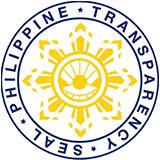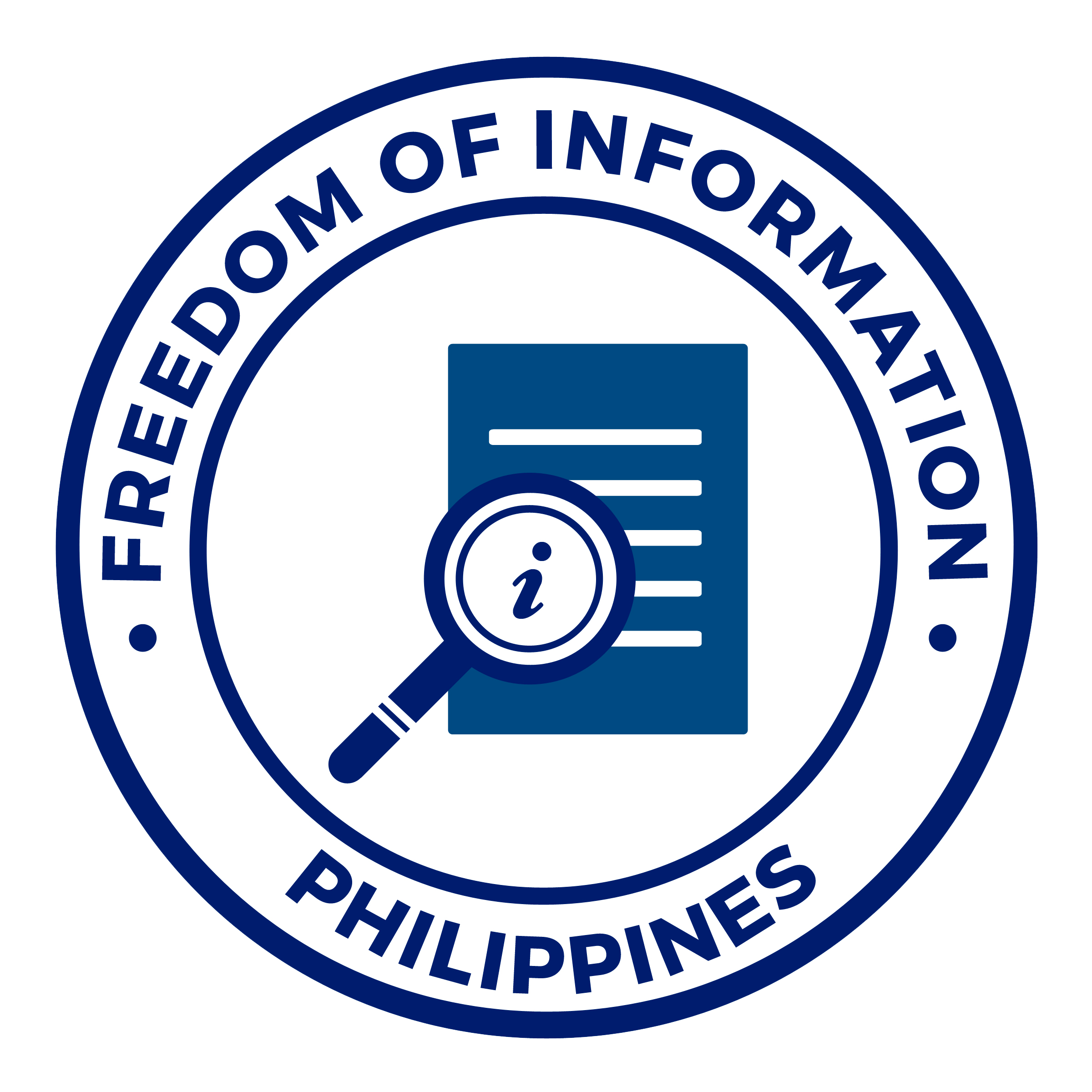Department of Social Welfare and Development Cordillera Administrative Region (DSWD CAR) – Around 68,004 households under the Pantawid Pamilyang Pilipino Program (4Ps) in the region will be assessed by the NHTS-PR or Listahanan this October.
To ensure that all 4Ps beneficiaries are assessed during the conduct of the Listahanan Third Round of Household Assessment, the National Household Targeting Office (NHTO), together with the Pantawid Pamilyang Pilipino Program (4Ps) National Program Management Office (NPMO) developed a set of guidelines that will be utilized for the assessment.
“Considering the use of Listahanan database of poor households in the identification of Pantawid PamilyangPilipino program beneficiaries, there is a need to deliberately ensure that Pantawid Pamilya beneficiaries are assessed for the continuation of services provided to them.”, OIC- Regional Director Leo L. Quintilla said.
Under the guidelines, Pantawid Pamilya beneficiaries shall be asked to present their Pantawid ID for verification during the interview. In case the ID is lost, missing or unavailable, the Oath of Commitment may be presented. If the Pantawid beneficiary cannot present their ID or Oath of Commitment, the information shall be supplied by the assigned City/Municipal Link and shall be indicated in the Household Assessment Log (HAL). The HAL is a list of all the households visited and interviewed.
Pantawid beneficiaries who remain unassessed after three visits from the Listahanan field workers will be recorded in the HAL with the corresponding remarks.
“We have already informed our City Links, Municipal Links and Parent Leaders to assist Listahanan field staff during the conduct of the household assessment. We have also informed our beneficiaries regarding the assessment during their Family Development Sessions.” PantawidPamilyang Pilipino Regional Program Coordinator Fatima D. Florendo said.
The National Household Targeting System for Poverty Reduction (NHTS-PR) or Listahanan is an information management system that employs geographic targeting, household assessment, and validation in order to provide national government agencies, development partners, and other social protection actors with information on who and where the poor are in the country. The system guarantees the establishment and management of a national socio-economic database of poor households using a globally-accepted method.
Listahanan enables government organizations and agencies to accurately and objectively identify poor households to serve as potential beneficiaries for their poverty reduction programs.#DSWD-CAR, SOCIAL MARKETING UNIT, Mark Erik




